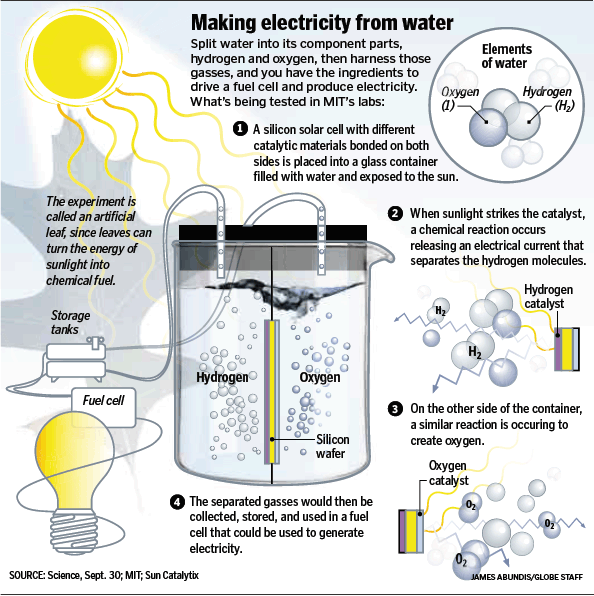“”Laurie Cox, a graduate student who works in the lab, held up the test tube with the 100-year-old bacterium. She explained that they can determine if the spores are alive by their growth, which should be visible within 24 hours. “I think it’s really interesting and amazing to be able to culture bacteria that’s over 100 years old and to see what we can do with it,” she said. Dr. Blaser said they will attempt to sequence the genome and compare it with a modern organism to see how things have changed. “We’ve had 70 years of antibiotics, so the question is, have there been new changes in the bacterial genome from the time of that organism,” he said on Tuesday. “It’s an opportunity to compare our ancient organisms with our modern ones.””
Really cool. I wonder how many old vials are stored away with interesting bacterial samples.
[via @bruces and @paleofuture]